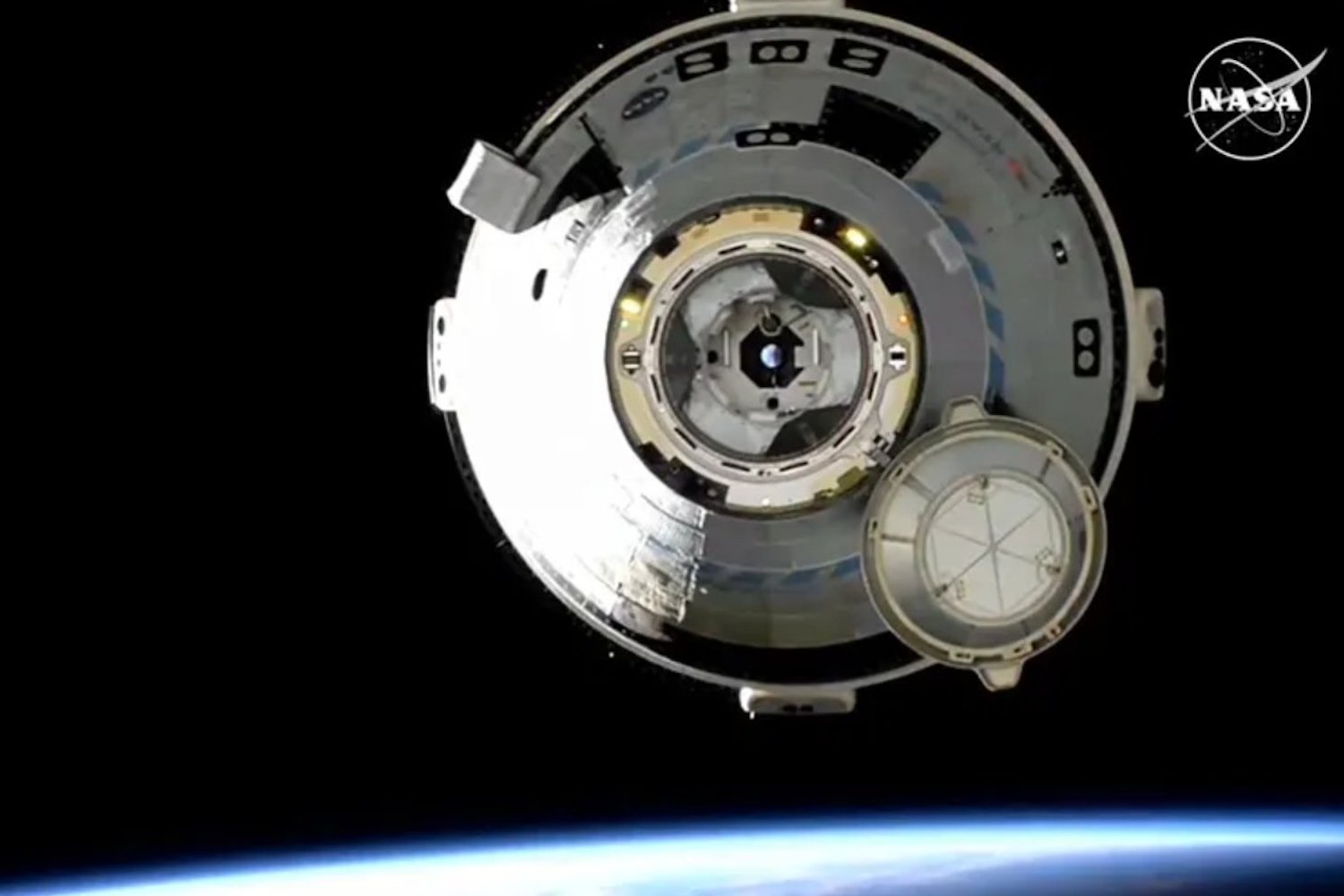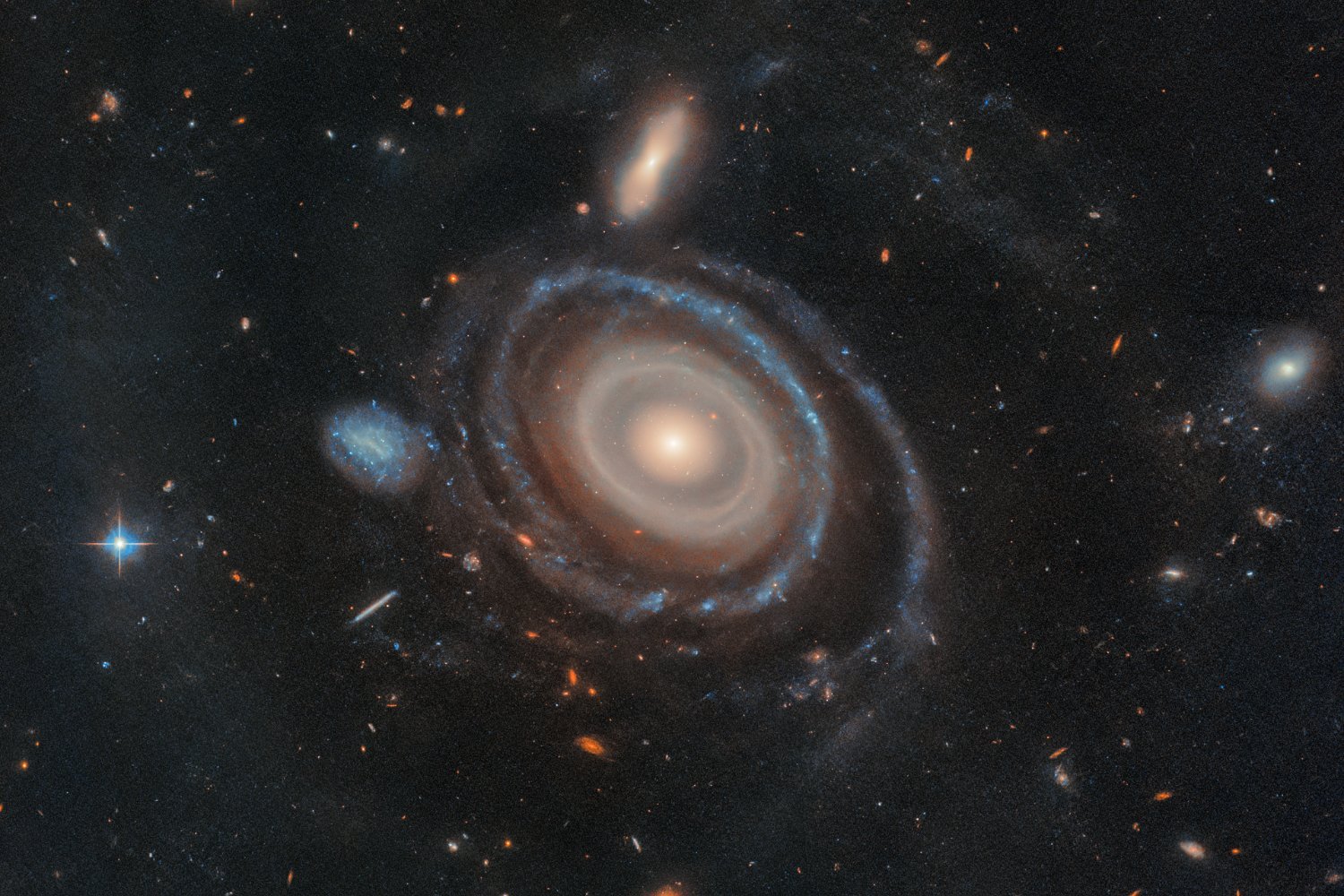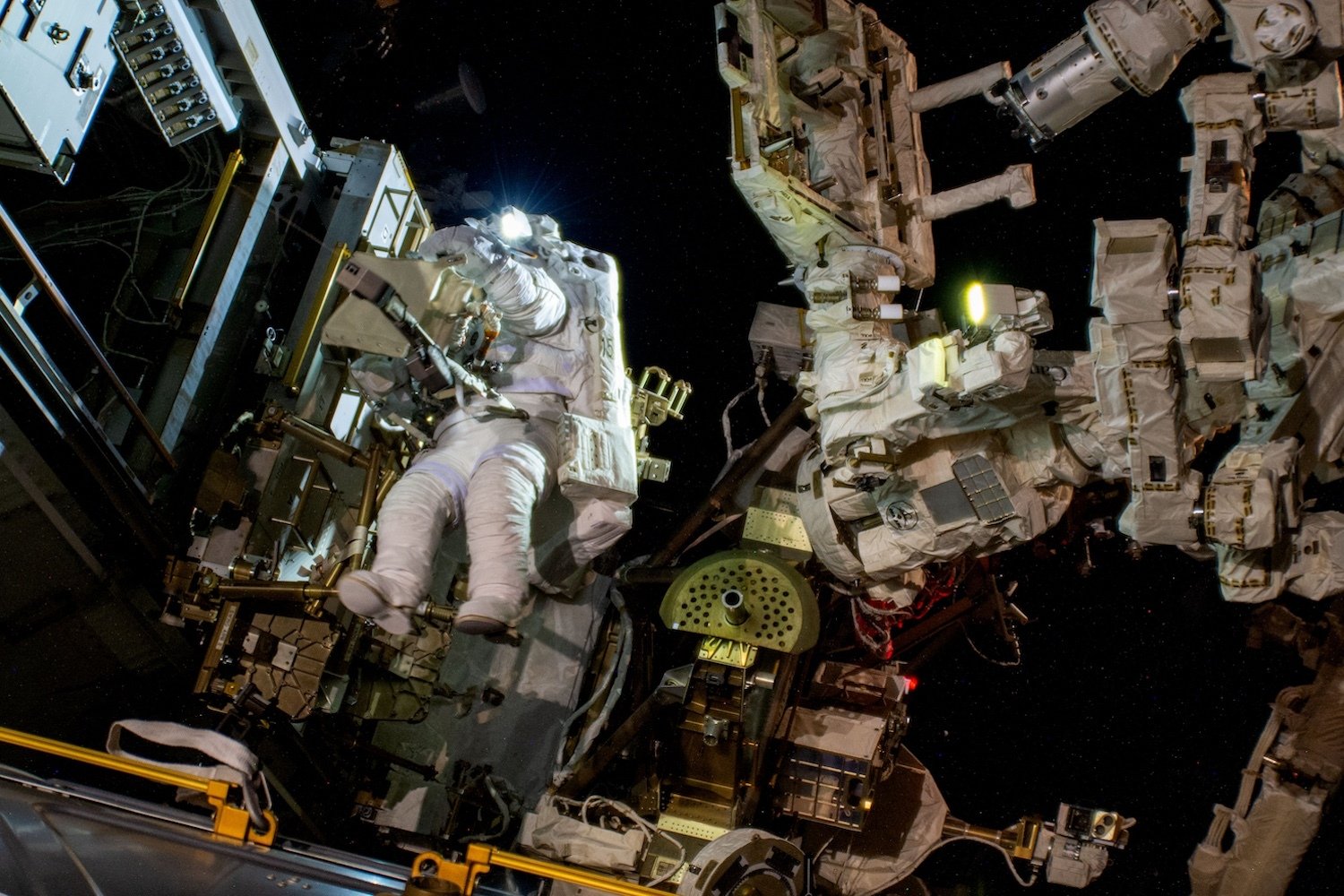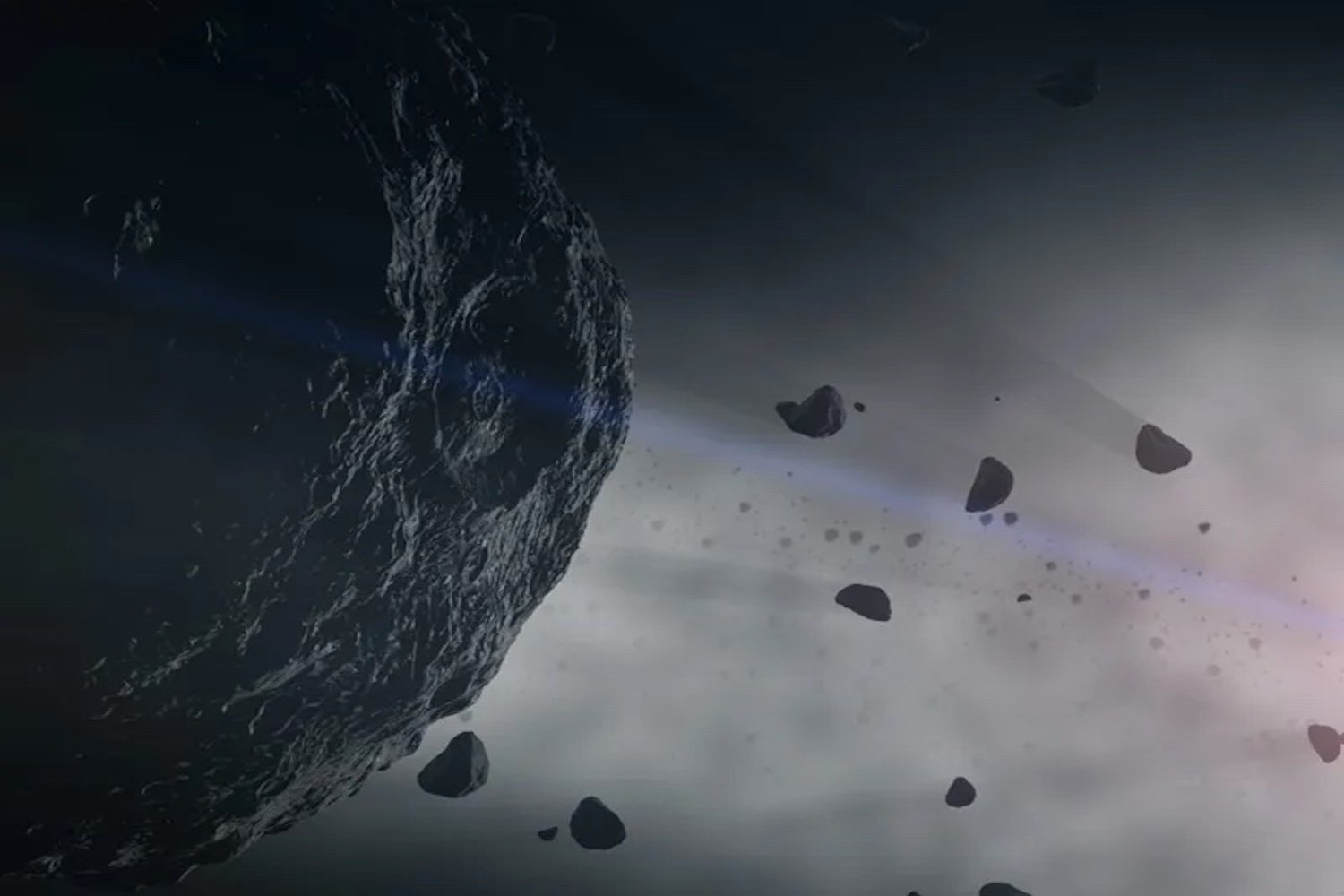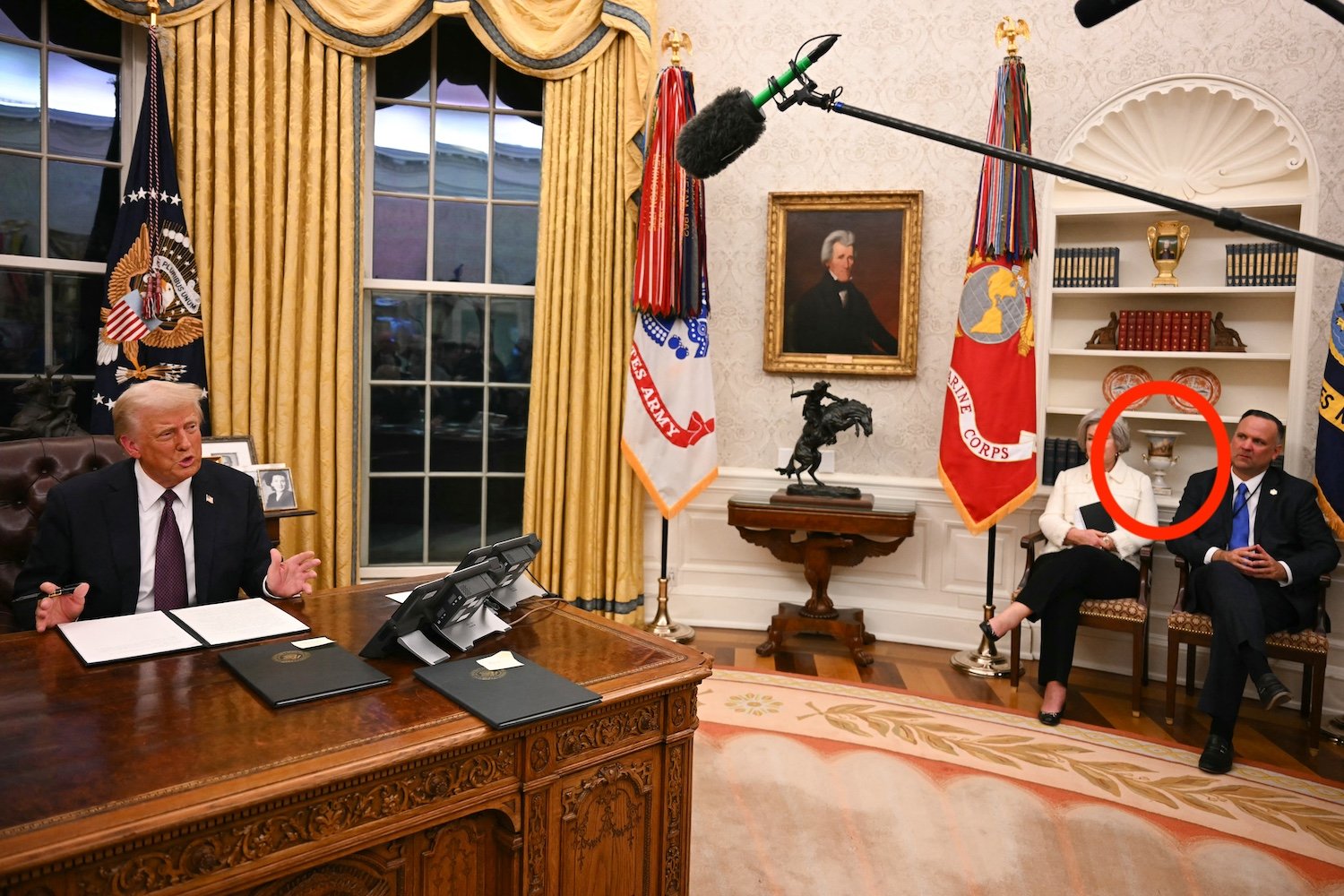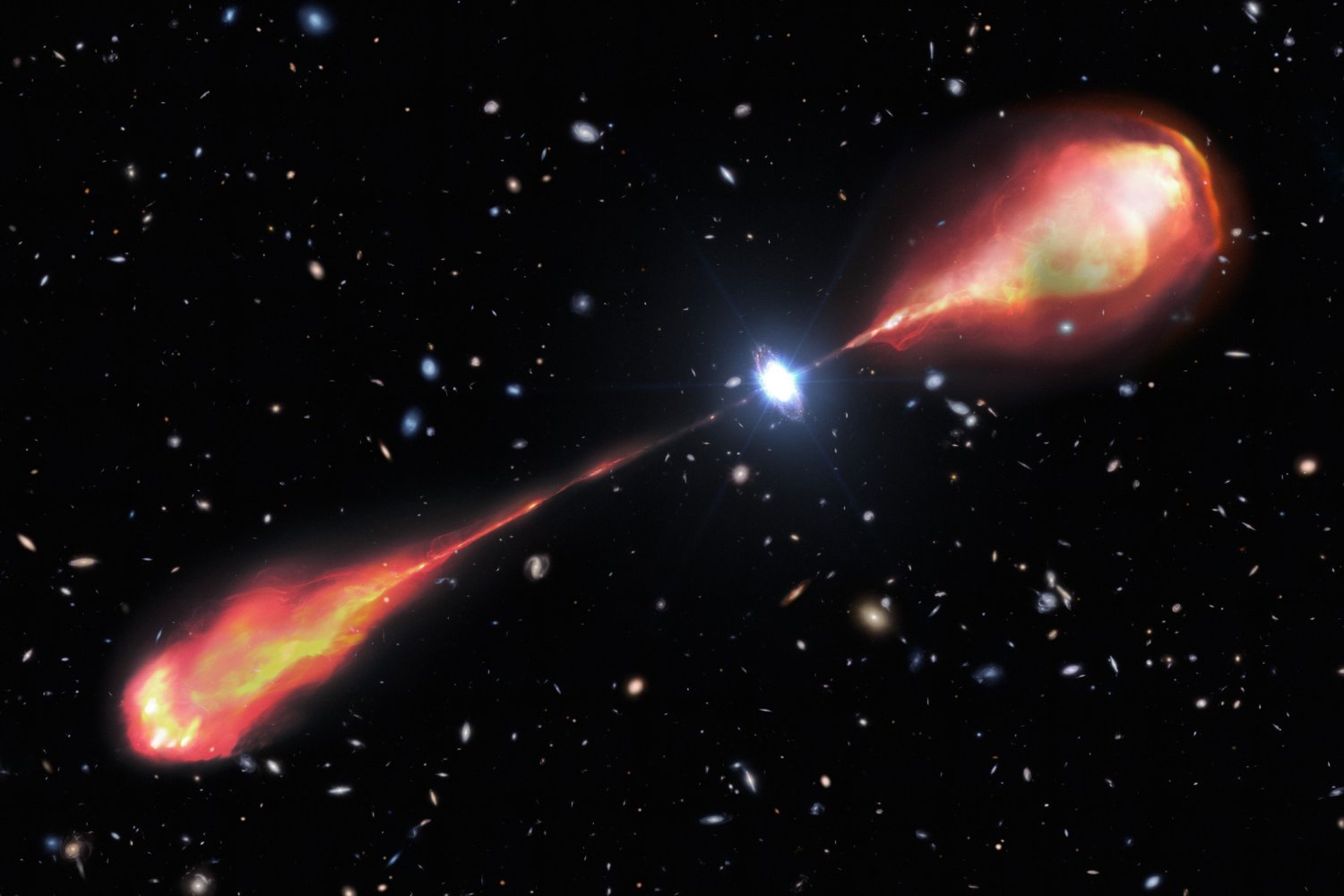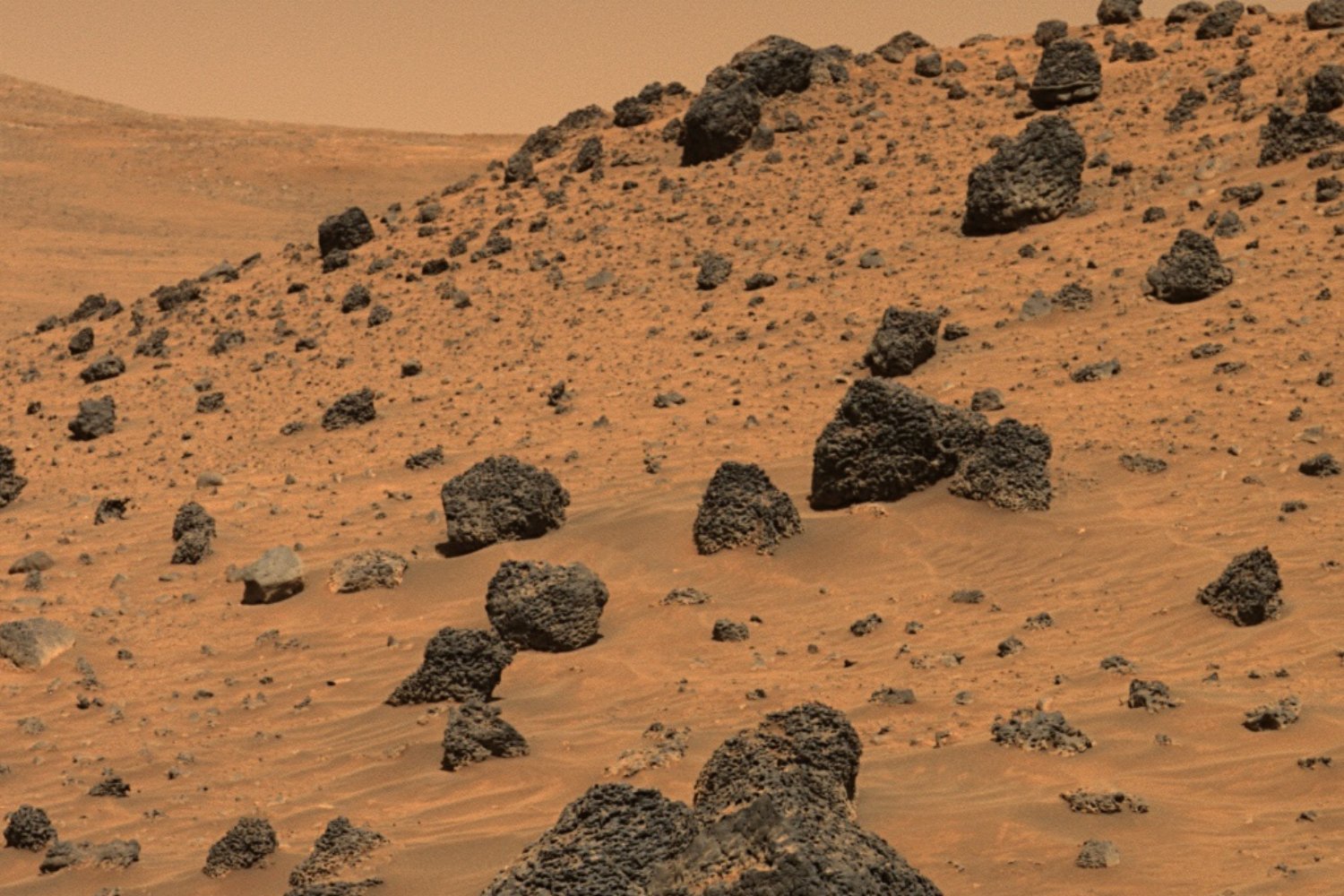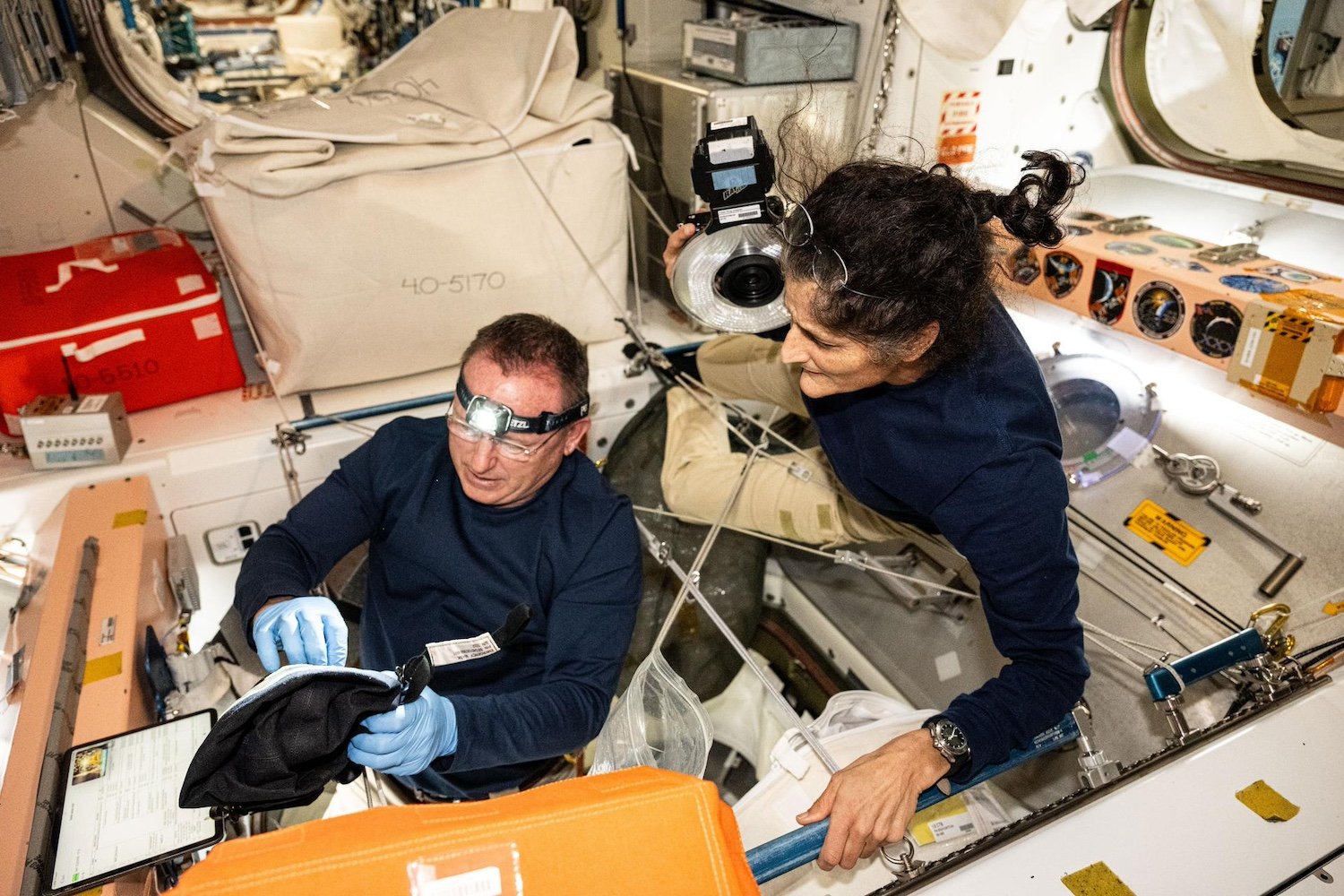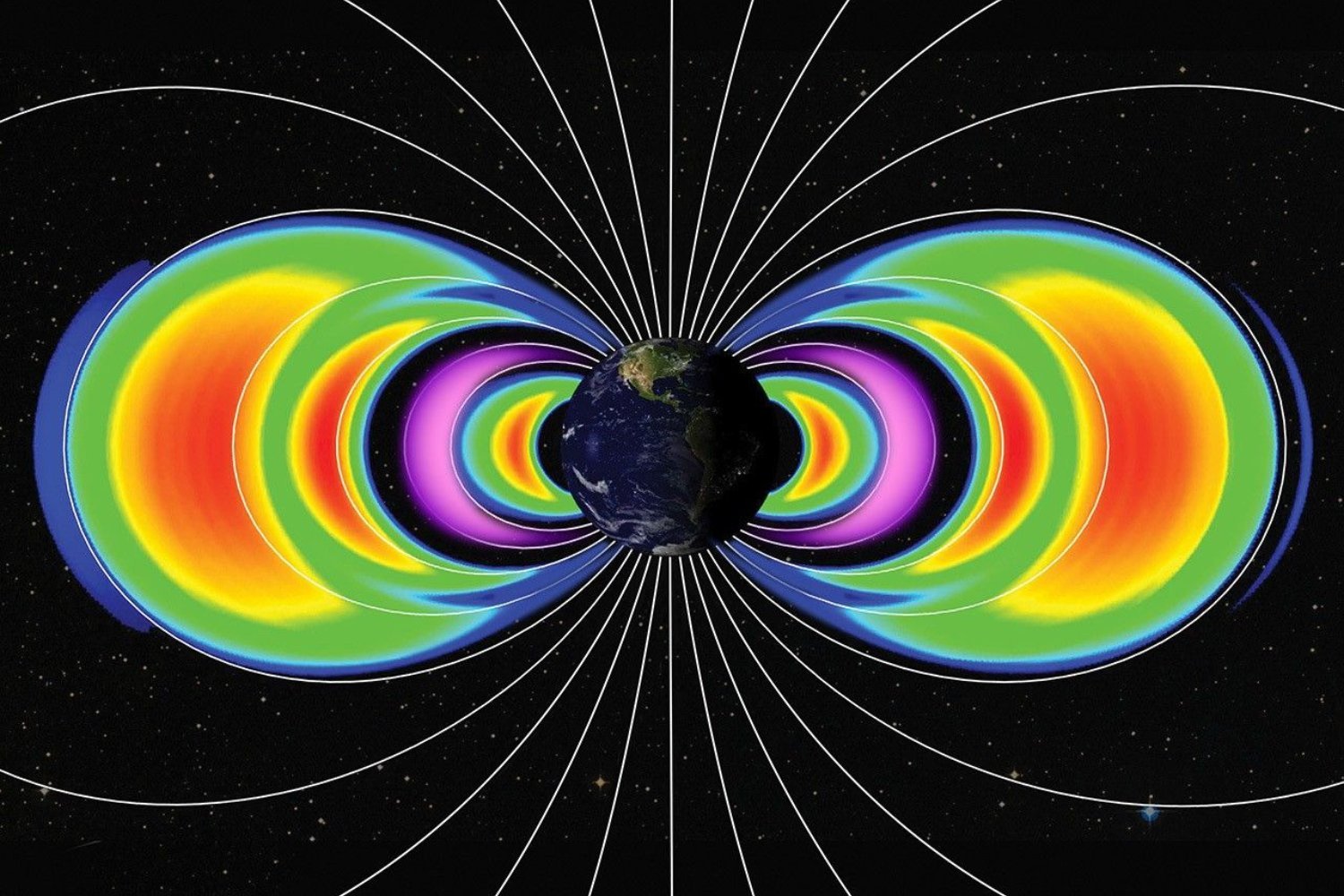Boeing’s troubled Starliner program has incurred another significant financial setback, accumulating $523 million in losses in 2024 alone, bringing the total cost overruns to a staggering $2 billion. This news comes nearly five months after an uncrewed Starliner returned from the International Space Station (ISS) following a problematic crewed test flight. The future of the program, and Boeing’s involvement in NASA’s Commercial Crew Program, remains uncertain.
The company disclosed the losses in a recent filing with the Securities and Exchange Commission, attributing them to “highly complex designs and technical challenges,” coupled with “schedule delays and cost impacts.” These escalating costs underscore the significant hurdles Boeing faces in delivering a reliable and safe spacecraft for human spaceflight.
Boeing’s $4.2 billion contract with NASA stipulates that Boeing retains ownership of the Starliner, with NASA acting as a customer. This arrangement means Boeing absorbs the financial burden of these overruns. The $523 million loss in 2024 follows previous reported losses of $250 million in the third quarter and $125 million in the second quarter, highlighting a concerning trend of increasing financial strain.
The Starliner’s initial crewed test flight in June 2024, carrying NASA astronauts Butch Wilmore and Sunni Williams, encountered several critical issues. Five thrusters failed en route to the ISS, and five helium leaks were detected, one of which was identified before launch. These technical failures forced an extended stay at the ISS while mission teams assessed the safety of returning the crew on board the Starliner.
Ultimately, the decision was made to return the Starliner without crew and bring Wilmore and Williams back on a SpaceX Crew Dragon spacecraft. The uncrewed Starliner undocked from the ISS on September 6, 2024.
Following this incident, NASA paused further Starliner missions to the ISS, opting instead to utilize SpaceX’s Crew Dragon for the upcoming Crew-10 mission in March and Crew-11 mission in July. This decision further delays Starliner’s next opportunity for a crewed flight and adds to the uncertainty surrounding the program’s future.
In the wake of the troubled crewed test flight, Boeing has explored options for its space division, including potentially selling parts of the business, including the Starliner program. Retaining components related to NASA’s Space Launch System rocket remains a possibility.
Faced with mounting financial losses and technical challenges, selling the Starliner program might be a pragmatic decision for Boeing. However, this would leave NASA reliant on a single launch provider, SpaceX, for the foreseeable future. This dependence contradicts NASA’s original intention of fostering competition and redundancy through the dual Commercial Crew contracts awarded in 2014.
Given the current circumstances, the future of the Boeing Starliner program hangs in the balance, with significant implications for both Boeing and NASA’s human spaceflight plans.



